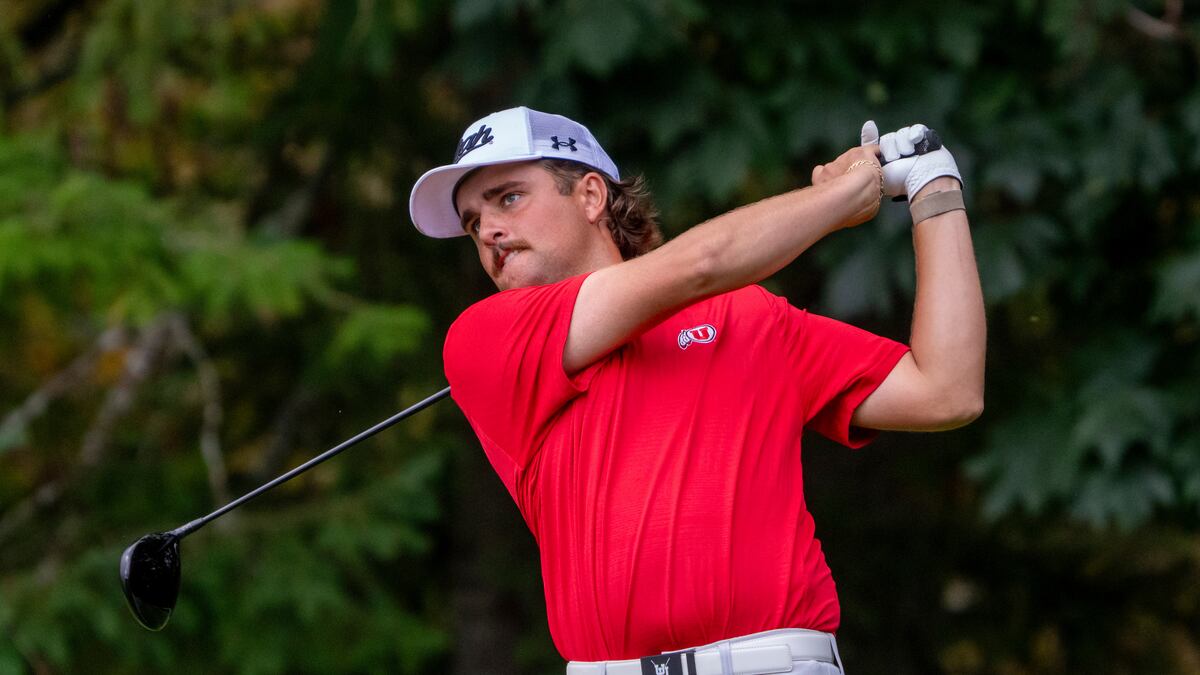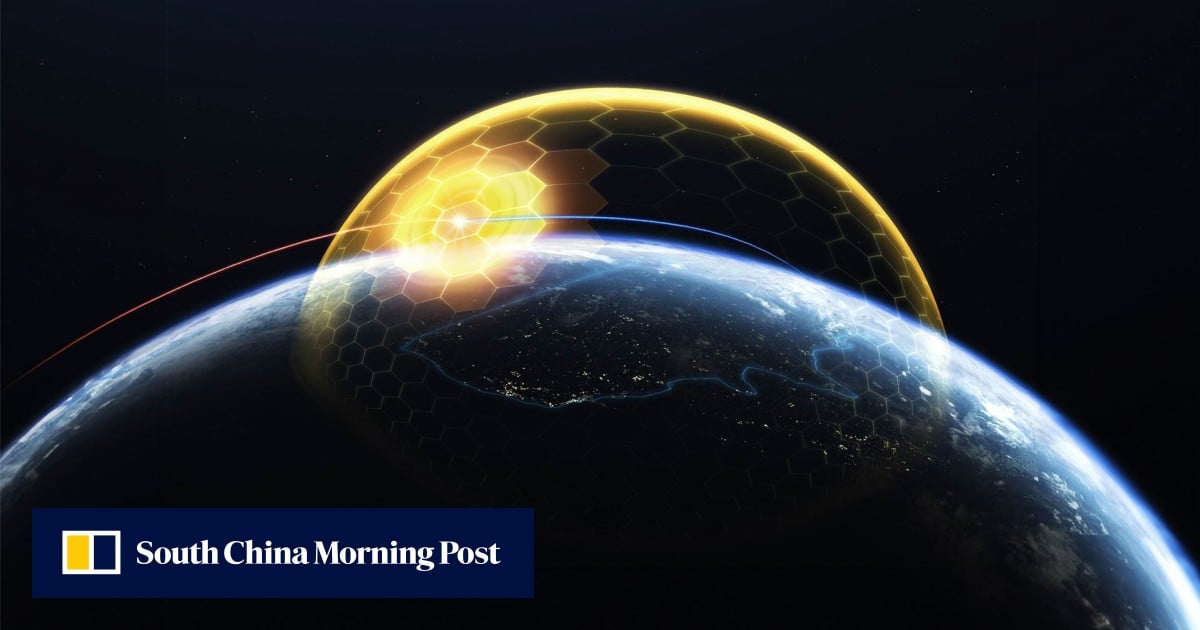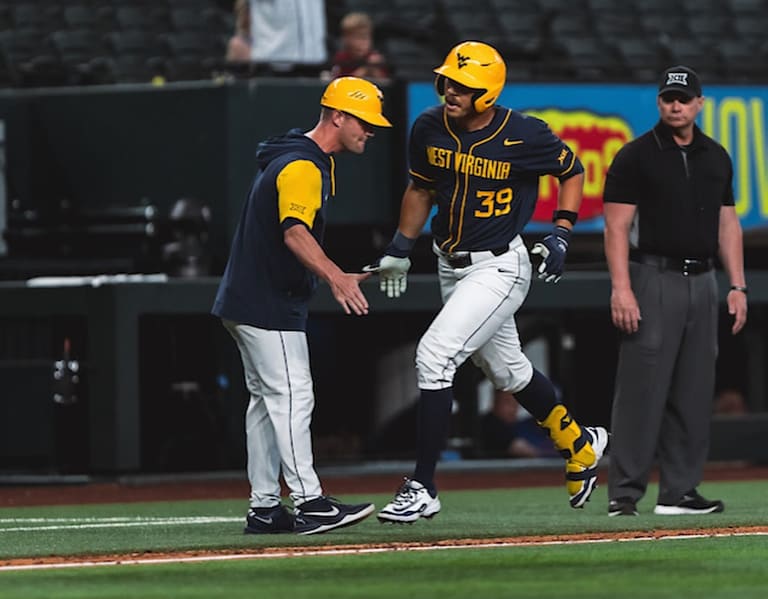Boston, MA
Practicing education is like practicing democracy – The Boston Globe

As the school year draws to a close, it’s easy to see that teaching and learning are no simple matters these days. Questions around education have become more urgent in the face of the powerful forces of discrimination and censorship at work in our country.
Of course teaching has always faced obstacles. Throughout the modern period, theories of education have been hotly debated, and as secular governments assumed responsibility for schooling, educators focused on preparing independent thinkers who could also be free citizens. But it’s always been a paradox that one can really learn independence from another.
Today many are asking whether schools are truly helping students think for themselves or only indoctrinating them into the latest campus orthodoxies. Others have noted that while higher education can lead to inventions that benefit society as a whole, it can also create self-serving justifications for the inequalities associated with economic development. Educational thinkers in America have been responding to such questions for a long time. Real students, said Ralph Waldo Emerson, are provoked away from conformity; they think aversively. Freedom is tied to learning and neither is just an intellectual matter. They are bound together by living with an intensity opposed to convention.
W.E.B. Du Bois didn’t need Emerson to tell him that a real education involved an intense opposition to convention. As a Black intellectual, Du Bois pursued learning with a steeliness forged by the racist opposition to his talents and ambitions. As a student, he aimed for freedom through empowerment. Then, as he made his way in the world, he in turn used his education to empower others who knew they must change the world around them to have any chance at real opportunity and freedom. His contemporary, Jane Addams, who worked with poor immigrants in Chicago, also recognized that a profound education should be put in the service of the most vulnerable. She rejected facile and performative critical thinking in favor of what she called the sympathetic imagination — a faculty that led to understanding perspectives and experiences very different from one’s own. This was at the core of her rethinking of what it meant to be a student or a teacher.
Emerson, Du Bois, and Addams remind us that the most effective teachers are the ones preparing students for more than replicating the world as it is. They are empowering people to intervene to protect those who are treated unjustly and to choose with discernment those who would govern. In other words, teachers are contributing to civic life.
Strong students make better teachers, and both help create better citizens. I have had the good fortune of working with students whose seriousness and joy, playfulness and purpose have illuminated for me the very subjects I was trained to teach. Working with students has also made me more attentive to the concerns of others. By exploring the complexities of the world, students and teachers practice making connections that are intellectual and affective. And today, when parochialism is encouraged under the guise of solidarity, it’s more important than ever for schools, colleges, and universities to promote citizenship by helping students increase their powers of aversive thinking, critical feeling, and of the sympathetic imagination.
Strong teachers often provoke powerful emotions, and the best teach in ways that eliminate the need for their teaching: “Your educators cannot go beyond being your liberators,” philosopher Friedrich Nietzsche underscored in 1874. To be a good art teacher, said John Baldessari about a century later, means knowing when to get out of the way. The goal of the teacher is to help the student be more than a spectator, more than a consumer of lessons.
Teachers can help students get to a place where it is more likely that they’ll find modes of feeling and thinking with which they are at home and which they can share with others. Part of being free, part of political participation and of leaving one’s childish immaturity behind, is finding that new home. Long after official graduations, many students remain enormously grateful to the gifted educators who opened up possibilities of inquiry and appreciation that might otherwise have never been discovered — teachers who also recognized the right time to get out of the way. It’s not just that teachers know subjects that the student aspires to understand; it’s also that through their own advanced studies they have developed habits of paying attention, analysis, and openness that students want for themselves.
Teachers point students toward experiences and discoveries that become available through collaborative exploration. We must be on our guard against those who are afraid of that exploration; we must stand up against those who fear fluidity, who ban books, and who are frightened by free expression and creative transformation. Practicing education is like practicing democracy — both are collaborative, experimental paths of improvement.
I’ve been teaching for over 40 years, and I’d like to think I’ve remained a student throughout this time. In the courageous company of my fellow learners, I’m encouraged to believe that society may be able to reject the cynical status quo that mobilizes rage, that we may be able to build a politics and a culture of compassionate solidarity rather than one of fear and divisiveness. Our education, the ability to productively learn from others, should help people shape the future lest it be shaped by those for whom justice and change, generosity and equality, diversity and tolerance, are too threatening.
When we work with others, when we are open to learn from them across our differences, we will feel the power and promise of our education as it helps us tackle the enormous challenges ahead while finding joy in creating new possibilities.
Michael S. Roth is president of Wesleyan University. His new book, “The Student: A Short History,” will be published in September.

Boston, MA
Waymo comes to Boston for testing: Would you ride in a driverless taxi?

Futuristic technology has officially entered the historic city of Boston.
Waymo self-driving cars are driving around Boston through the end of June, gathering data on driving conditions and behaviors.
Although every Waymo car in Boston has a driver behind the wheel during this testing phase, many Bostonians are hesitant about the idea.
“I don’t think it’s the best idea. I feel like it’s kind of unsafe,” said Bella Lauzon from Arlington.
“Honestly, I think it’s crazy, cause what can you do? What if you have to brake and the car don’t brake?” said Kent Green from Malden.
Waymo has been visiting cities across the country, collecting information on a variety of areas. In Boston, that means navigating old and often confusing roadways.
“There’s a lot of one-ways, and there are very tight streets with a lot of pedestrians, so a little scary,” said Sarah Warjas from Medford.
“The streets are too small. I feel like it’s just causing more traffic — bike lanes,” added Green.
It also means learning Boston’s distinct driving culture, even during a nor’easter.
“I feel like it’s a little aggressive. You kind of have to be on your toes,” said Lauzon.
“I don’t like driving downtown to begin with, so I probably wouldn’t trust a self-driving car,” added Warjas.
Waymo is driving throughout the Boston area from Mission Hill to Cambridge, Somerville to Southie. You may also spot their cars on the Massachusetts Turnpike and Interstate 93.
The Alphabet-owned company currently operates autonomously in only four cities: Phoenix, Austin, Los Angeles and San Francisco.
“I think conceptually, I’m OK with it. I came here from California, and there was lots of self-driving cars,” said Scott William of Malden. “I’m hoping that the technology is better to the point where they’re not crashing all the time and things like that.”
Earlier this month, Waymo recalled 1,200 self-driving cars to update the software after a series of minor collisions.
Right now, there is no timeline for when a driverless rider program would be launched in Boston.
Boston, MA
Red Sox Notes: Why Boston Cut Garrett Crochet's Start Short

BOSTON — The Red Sox weren’t in a great place as a pitching staff Wednesday.
The bullpen tossed 11 scoreless innings over the previous two games, particularly with 6 1/3 innings after the premature ejection of starter Walker Buehler in Tuesday’s win.
That marked a great day for Garrett Crochet to get the ball in the finale against the New York Mets. Or so it seemed.
Crochet leads the league in innings pitched in just his second season as a full-time starter. He tossed 146 innings a year ago with the Chicago White Sox. While the Red Sox have let him eat in early outings, manager Alex Cora is adamant about protecting his ace.
“We’ve got to be careful, too,” Cora said pregame. “He’s very important in what we’re trying to accomplish. It’s a dangerous game. The conditions aren’t great. Where we’re at bullpen-wise is where we’re at. We won the series yesterday. We want more, of course, but at the same time knowing it’s 162. To do cool things in August, September and hopefully October, we’ve got to be very careful.”
Story continues below advertisement
Indeed, they were careful. Crochet allowed just one earned run in 5 1/3 innings. He struck out Juan Soto on his 85th pitch for the first out of the sixth inning. Following through on a decision made last week in preparations for the start, the Red Sox manager came to the mound to get his starter.
“He did a good job,” Cora said postgame. “Today was one of those days we circled that we were going to be short.”
“I wasn’t made aware of it before the game, thankfully,” Crochet said. “That’s the last thing on my mind when I’m going out there to lay it all on the line. I have a lot of love, respect and trust in the front office and coaching staff here. If that’s their call, I’m gonna respect that.”
The Red Sox dropped the game 5-1 to the Mets. Crochet certainly didn’t hold back frustrations on the mound when Cora came to take the ball, but the ace reluctantly understands the vision of the coaching staff.
Story continues below advertisement
“I was frustrated,” Crochet said with a laugh. “I just wanted the chance to pick up my teammates, the bullpen. They’ve obviously worked really hard this series. I wanted to try and keep them out of it as much as possible. … I apologized for yelling a curse word when he came out there. I wasn’t trying to show him up. I was just really in the moment. I knew where my pitch count was and how my body was feeling. I was really excited to attack the next hitter. It was in no way my intention to show him up.”
“Yeah, it’s tough,” Crochet continued. “Looking my teammates in the eye after a game, I’d like to be able to do that after laying it all on the line. It is what it is. Not my call. I throw until the ball is taken out of my hand. I respect their decision. That’s really all there is to it.”
Despite a dire situation for the bullpen, Cora would not break on his commitment to ensuring that Crochet is fresh and ready to rock when games really matter in a postseason push, which only happens if the team breaks .500 tendencies, for the Red Sox later this season.
“It’s not tough, it’s for the benefit of the player,” Cora said. “To make his starts and for us to go to where we feel we can go, we need him. … We’re going to find some days where we’re going to take advantage of them, regardless of the situation. You’ve got to put the player first. He was very upset in the beginning, then he was OK with it. Obviously, we were short (in the bullpen), but that doesn’t dictate what we’re going to do with our ace.”
Story continues below advertisement
Here are more notes from Wednesday’s Mets-Red Sox game:
— Mets starter Tylor Megill tied a career-high with 10 strikeouts against Boston in just 4 2/3 innings.
— Crochet struck out Soto three times on a total of 10 pitches. Soto did not take the bat off his shoulder for the first seven pitches against the Red Sox starter.
— The Red Sox lineup struck out a season-high 16 times in the loss. Alex Bregman went 0-for-4 and struck out four times in a game for the first time in his career.
Story continues below advertisement
— Boston dropped the finale for a third consecutive series.
— The Red Sox continue the homestand Thursday night as they welcome the Baltimore Orioles to Fenway for a four-game series. First pitch (weather permitting) is set for 6:45 p.m. ET. You can catch the game, plus an hour of pregame coverage, on NESN.
Boston, MA
Out of Boston City Hall love spat come serious questions for Wu – The Boston Globe

But questions arising from this messy incident are not so easily swept away — although Wu is trying to do just that.
Huang was the neighborhood business manager for the Office of Economic Opportunity and Inclusion, at a salary of $70,469. Khudaynazar was chief of staff for the Office of Police Accountability and Transparency, at a salary of $83,769.
The two were arrested and charged last week after police responded to a call from an apartment in Chinatown, where Khudaynazar told police she bit Huang in self-defense because he wouldn’t let go of her wrists, according to a Globe account of the police report. When police began to arrest Huang, Khudaynazar said, “I don’t want that, I was lying, I was lying.…I bit him,” according to the report.
She then allegedly tried to close the door, while telling police, “we both work for the city of Boston, we both work for the mayor’s office.” At one point, Khudaynazar allegedly began to hit an officer on the chest while shouting obscenities. Huang also allegedly told police, “We both work for the city, this is unnecessary.”
Khudaynazar was charged with assault and battery on a police officer and assault and battery on a household member. Huang was charged with assault and battery on a household member. Both pleaded not guilty at their arraignments.
Citing police reports, several media outlets, including the Boston Herald, also reported that Khudaynazar allegedly told police that Huang was cheating on her and she went on a date with his boss. Huang also allegedly told responding officers that Khudaynazar and his boss “booked a hotel room and she came here to rub it in my face.”
The boss referred to has not been named in any reports. But City Councilor Ed Flynn has called for the resignation of Segun Idowu, the city’s chief of Economic Opportunity and Inclusion, who oversees the office for which Huang works. In an interview, Flynn said he is also calling for an independent investigation into the incident in order “to restore public trust.”
Josh Kraft, who is challenging Wu in the mayor’s race, has called for Wu to release the internal report and to disclose whether the fired workers are receiving severance payments. Kraft has also called upon Wu to disclose Idowu’s “role” in the incident.
Put aside the obvious political motivations of two Wu critics, including one who is seeking her job, and both Flynn and Kraft raise valid issues.
Asked if Idowu is involved in any way, a spokesperson for Wu told me via text that she did not have “anything to share” on that. While Khudaynazar did not report directly to Idowu, there could be potential power dynamics in play given that he is a member of Wu’s Cabinet, and it’s fair to ask Wu to address that. Meanwhile, a group of Black leaders has signed a letter that supports Idowu, and describes calls for his resignation as “unfounded and politically motivated.”
Another tangential question: What work is the Office of Police Accountability and Transparency, where Khudaynazar was employed, actually producing?
Established in 2020 in the wake of the murder of George Floyd, the office was set up as a civilian body to investigate complaints of Boston Police Department misconduct and holds subpoena power.
At the time, Wu was one of 12 city councilors who voted for it, and then-mayor Marty Walsh signed the ordinance that created it. Since then, as the Globe recently reported, OPAT has experienced turnover and vacancies and failed to hold public meetings or produce public reports.
Last October, Boston 25 News reported that the OPAT website was “full of broken links, making information inaccessible to the public.” When I checked, the last meeting and report listed on the current website dated back to January 2024. But a Wu spokesperson said the OPAT team has met, has investigated 143 complaints, and plans to release a report in July.
Wu appointed Evandro Carvalho, a former prosecutor and former state representative, as executive director a year ago. As he recently told the Globe, “We’ve had some challenges in terms of fulfilling all the functions, but we’ve been working hard to build capacity to make sure these gaps are closed.” In that interview, Carvalho also said that recent hires included a chief of staff.
It’s unclear what specific qualifications Khudaynazar had for a job that should require a certain level of experience and maturity.
Political work attracts young people, and young people sometimes do dumb things that should not define their entire lives. But when you work for the public, you are accountable to the public. That’s a tough lesson for Khudaynazar and Huang.
There’s also a lesson for Wu. Who gets hired and fired sends a message about workplace priorities, culture, and oversight. Especially in an election year, that message matters.
Joan Vennochi is a Globe columnist. She can be reached at joan.vennochi@globe.com. Follow her @joan_vennochi.
-

 Culture1 week ago
Culture1 week agoBook Review: ‘Original Sin,’ by Jake Tapper and Alex Thompson
-

 News1 week ago
News1 week agoAs Harvard Battles Trump, Its President Will Take a 25% Pay Cut
-

 Education1 week ago
Education1 week agoVideo: Opinion | We Study Fascism, and We’re Leaving the U.S.
-

 Politics1 week ago
Politics1 week agoRepublicans say they're 'out of the loop' on Trump's $400M Qatari plane deal
-

 News1 week ago
News1 week agoMenendez Brothers Resentenced to Life With Parole, Paving Way for Freedom
-

 Technology1 week ago
Technology1 week agoLove, Death, and Robots keeps a good thing going in volume 4
-

 Education1 week ago
Education1 week agoA $5 Billion Federal School Voucher Proposal Advances in Congress
-

 Technology1 week ago
Technology1 week agoMeta’s beef with the press flares at its antitrust trial















